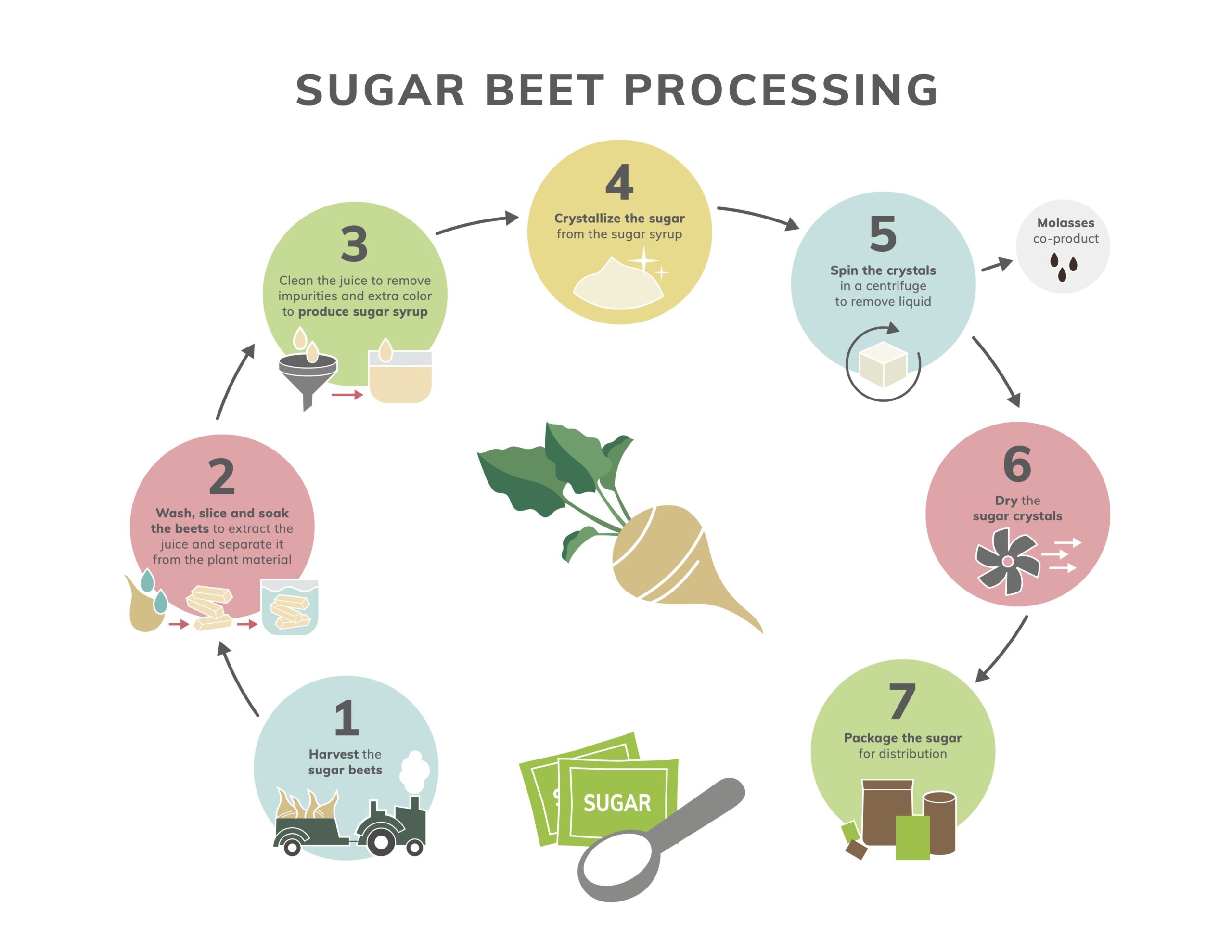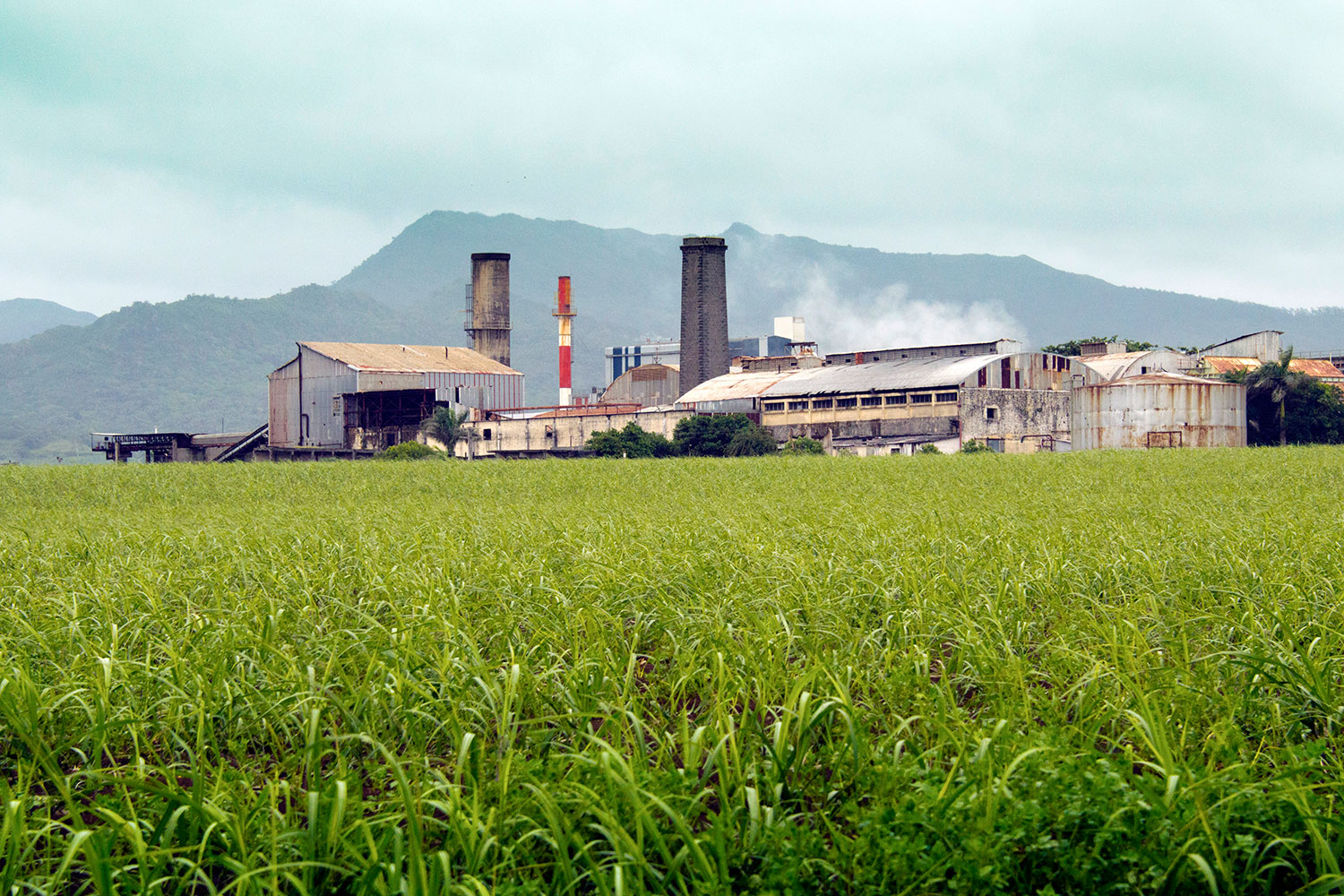Eco-Friendly Cane Sugar Processing Chemicals: Lasting Solutions
Eco-Friendly Cane Sugar Processing Chemicals: Lasting Solutions
Blog Article
Maximizar Rendimientos Y Minimizar Costos: Estrategias Avanzadas Para La Optimización Química Del Procesamiento De Azúcar De Caña
In the realm of walking stick sugar handling, the search of making best use of yields while concurrently minimizing expenses stands as an awesome challenge that requires a calculated mix of advanced chemical optimization strategies. The ins and outs of this endeavor look into the core of performance, where every component of the process plays an important duty in attaining optimal results. By exploring the intricacies of chemical analysis, enzyme usage, pH control, filtering, and purification approaches, a landscape abundant with possibilities for improvement and innovation arises. Among this intricate web of methods exists the pledge of opening untapped possibility and changing the really essence of sugar production. Cane Sugar Processing Chemicals.
Chemical Analysis for Efficiency
Chemical analysis plays a critical duty in improving the effectiveness of sugar cane handling by supplying important insights right into the composition and residential or commercial properties of the raw products. By performing in-depth chemical analyses on sugar walking cane examples, processors can establish the exact concentrations of sucrose, glucose, fructose, and other parts present in the raw product. This details is crucial for enhancing the different phases of the sugar cane handling chain, from grating to formation.
Additionally, chemical analysis enables processors to determine impurities such as natural acids, proteins, and minerals that can affect the quality and return of the final sugar product. By evaluating these impurities, processors can apply targeted techniques to remove or mitigate their results, eventually enhancing the general performance of the handling plant.
In addition, chemical analysis helps with the tracking of procedure specifications such as pH, temperature level, and viscosity, allowing cpus to make real-time modifications to ensure ideal problems for sugar removal and condensation. In general, an extensive understanding of the chemical make-up of sugar walking stick is crucial for making the most of yields, lessening prices, and maintaining high product top quality in the sugar manufacturing industry.

Enzyme Use for Boosted Yields
With a strategic method to enzyme application, sugar walking cane processors can significantly enhance their returns while preserving operational effectiveness in the production process. Enzymes play a vital duty in sugar walking cane processing by damaging down intricate carbs into less complex sugars, therefore raising the overall sugar removal performance. By integrating certain enzymes tailored to target the different parts of sugar walking stick, such as cellulose and hemicellulose, processors can enhance the release of sugars during extraction.
Enzyme utilization supplies the benefit of maximizing sugar returns from the raw material while lessening the power and sources required for processing. This leads to a much more lasting and affordable manufacturing process. In addition, enzymes can aid in decreasing handling time and improving the general quality of the sugar product. Through cautious selection and application of enzymes, sugar walking cane cpus can maximize their procedures to attain higher yields and success.
Ph Control for Ideal Processing
Enzyme utilization for enhanced returns read what he said in sugar walking stick processing lays the foundation for addressing the vital element of pH control for ideal handling effectiveness. Maintaining the ideal pH level throughout numerous stages of sugar cane handling is vital for making best use of returns and lessening costs. pH control is especially crucial during the removal and information procedures. In the removal stage, maintaining the correct pH helps in achieving efficient sucrose extraction from the walking cane. Controlling the pH throughout information aids in the precipitation of impurities and non-sucrose components, resulting in a purer end product. Furthermore, pH affects the activity of enzymes involved in the breakdown of macromolecules, impacting the total effectiveness of the process. By meticulously checking and adjusting the pH levels at different processing actions, sugar walking cane cpus can improve sugar recuperation rates, reduce chemical use, and enhance the total production process. Effective pH control not only boosts the top quality of the final product yet also adds to sustainable and cost-efficient sugar cane processing procedures.
Advanced Filtering Methods
Executing advanced filtration techniques in sugar walking cane handling improves the effectiveness and purity of the end product through fine-tuned separation approaches. By including innovative filtering technologies, such as membrane purification and turned on carbon filtration, sugar walking cane handling plants can attain greater levels of sugar recuperation and boosted high quality control.

Activated carbon filtering is another advanced strategy that helps in the removal of colorants, off-flavors, and recurring pollutants from sugar cane products. By utilizing turned on carbon's adsorption properties, this purification technique boosts the clearness and preference of the sugar, fulfilling the high criteria demanded by consumers and industry regulations.
Energy-Efficient Distillation Approaches
Energy-efficient distillation approaches are necessary for maximizing the sugar cane processing industry's power usage while keeping premium item standards. Traditional distillation processes can be energy-intensive, bring about higher production expenses special info and ecological impacts (Cane Sugar Processing Chemicals). Carrying out energy-efficient purification techniques, such as vacuum cleaner distillation or molecular distillation, can dramatically reduce energy demands while boosting overall procedure performance
Vacuum distillation includes reducing the stress within the distillation system, which reduces the boiling point of the liquid mix being refined. This decrease in boiling factor lowers the power required for vaporization, causing power cost savings compared to traditional purification techniques.
On the various other hand, molecular purification makes use of brief course purification strategies under high vacuum cleaner problems to different substances based upon their molecular weight. This approach is specifically reliable for heat-sensitive materials, as it runs at reduced temperature levels, reducing energy consumption and preserving item top quality.
Verdict

Report this page